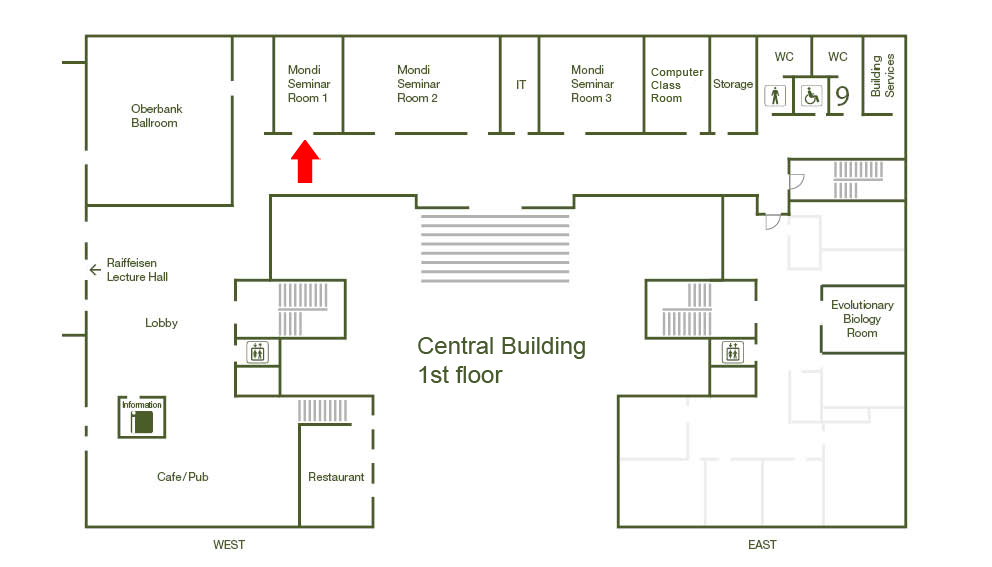Thesis Defense: The role of cyclooxygenase 1 on microglial response to inflammatory stressors

Prostaglandins play a central role in the inflammatory response. Prostaglandins are synthesized in a rate-limiting manner by the enzyme cyclooxygenase (Cox), which exists in two isoforms: the Cox-2 and Cox-1 isoforms. Traditionally, Cox-1 is thought to mediate homeostatic functions due to its constitutive expression due to its constitutive expression, whereas Cox-2 is temporary induced in response to inflammatory stimuli and is associated with the the inflammatory response. Interestingly, in the central nervous system, Cox-1 is predominantly expressed in microglia. As the resident immune cells of the brain, microglia play a key role in inflammation. Cox-1 expressing microglia are increased in neurodegenerative diseases, and both global knockout of Cox-1 and selective Cox-1 inhibition has been shown to ameliorate inflammatory effects in neurodegenerative diseases. However, direct evidence elucidating how microglial Cox-1 expression influences their response to insults remains limited and warrants further investigation.
First, I utilize the optic nerve crush (ONC) model to study the microglial response to injury and inflammation, confirming a reactive microglial response in both the crushed and uninjured contralateral retina using CD68 expression and morphological analysis. While previous studies reported retinal ganglion cell (RGC) loss in the contralateral eye, I did not observe this, suggesting that unilateral ONC induces microglial activation in the contralateral eye without RGC degeneration. To explore the role of Cox-1 in this response, I generated a mouse model with microglia-specific deletion of Cox-1. After ONC, these mice exhibited an attenuated microglial response in both the ipsilateral and contralateral retinas, as well as in visual processing areas of the brain. Notably, Cox-2 does not show any expression after ONC in both wild-type and Cox-1 knockout mice Additionally, Cox-1KO mice show a reduction in phagocytic cups and a reduction in microglia proliferation after ONC. However, due to reproducibility problems of the observed phenotype, even after the generation of two new mouse models, I cannot draw any definitive conclusions based on the data.
Next, due to the ambiguity of the mouse model, I explored an alternative route to investigate functional consequences of Cox-1 in microglia. I generated a COX1 knock-out human induced pluripotent cell (hIPSC) line using CRISPR/Cas9. These cells are were differentiated in microglia-like cells and integrated in dissociated retinal organoids according to protocols developed in our lab. In response to LPS and Poly (I:C) stimulation, the release and expression of cytokines and chemokines was decreased in COX1 knockout cells. However, the prostaglandin PGE2 was not increased in micorglia-like cells in both control and COX1 knockout cells.
Overall, the results from the COX1 knock-out microglia-like cells suggests that COX1 expression in microglia play a role in neuroinflammation by affecting the release of inflammatory cytokines and chemokines. Hereby further challenging that the dogma of the Cox-1 isoform involved in housekeeping functions and the Cox-2 isoform involved in inflammation applies for the central nervous system.